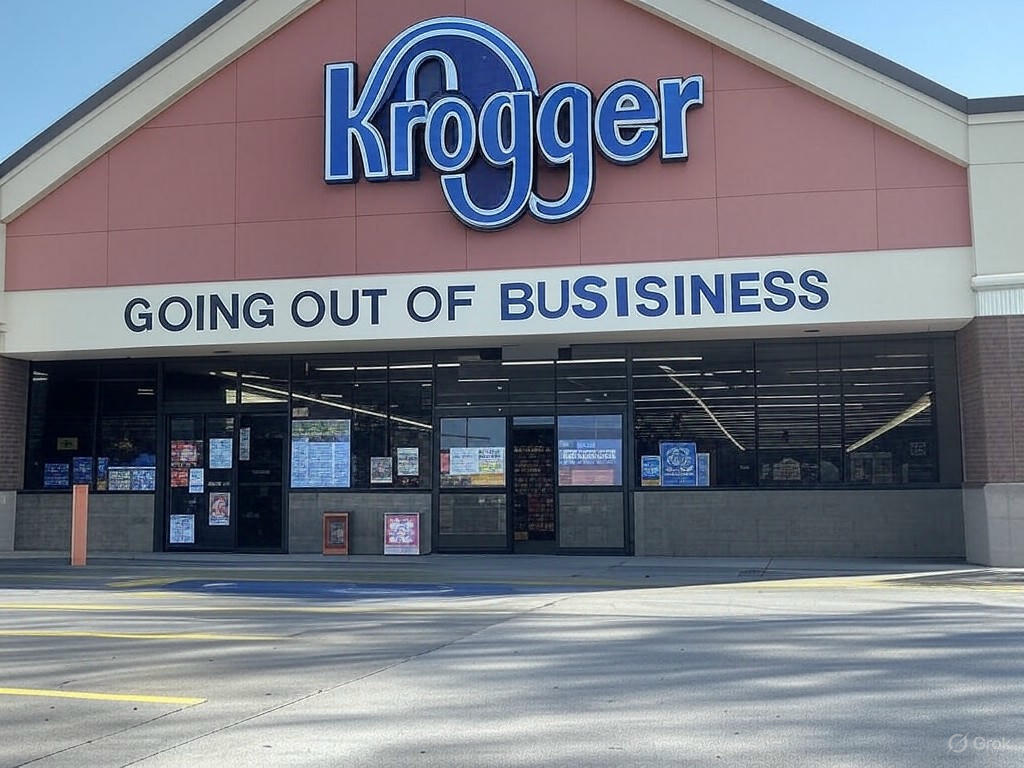Kroger’s Nationwide Store Closures Hit North Texas: What’s Next for Shoppers?
In a surprising move, Kroger, one of America’s leading grocery chains, has announced the closure of approximately 60 stores across the nation over the next year and a half. Among the affected locations is a store in North Texas, leaving local shoppers and employees grappling with uncertainty. The decision, revealed late last week, has sparked discussions about the future of retail grocery chains and the impact on communities that rely on these stores for essential goods.
The North Texas Kroger location, a staple for many families in the area, will shutter its doors as part of the company’s broader strategy to streamline operations. While Kroger has not disclosed specific reasons for targeting this store, industry analysts suggest that declining foot traffic, rising operational costs, and increased competition from e-commerce giants and discount retailers may be contributing factors. As more consumers turn to online shopping and delivery services, traditional brick-and-mortar stores face mounting pressure to adapt or risk becoming obsolete. This wave of closures could signal a shift in how grocery chains prioritize their physical presence in an increasingly digital marketplace.
For North Texas residents, the closure is more than just a business decision—it’s a disruption to daily life. Many locals have expressed concern over losing a convenient shopping option, especially in areas where alternative grocery stores are scarce. Shoppers like Maria Hernandez, a longtime customer, shared her disappointment: “This was my go-to place for fresh produce and affordable prices. Now, I’ll have to travel farther or pay more elsewhere.” Beyond convenience, the closures also raise questions about job losses. Employees at the affected stores face an uncertain future, with some hoping for transfers to other locations while others brace for potential layoffs.
Kroger has assured stakeholders that it remains committed to serving communities through its remaining stores and expanding digital platforms. The company is reportedly investing in technology and delivery services to meet evolving consumer demands. However, for regions like North Texas, where access to physical stores is still vital, these promises offer little immediate relief. Local leaders are now exploring ways to mitigate the impact, from encouraging other retailers to fill the void to supporting affected workers through job placement programs.
As Kroger navigates this challenging period, the broader implications for the grocery industry are clear. Retailers must balance profitability with community needs, ensuring that closures don’t leave vulnerable populations without access to essential services. For now, North Texas shoppers are left to adapt, seeking new solutions while reflecting on the changing landscape of retail. The coming months will reveal whether Kroger’s strategy pays off or if further adjustments are needed to maintain its foothold in an ever-shifting market. One thing is certain: the closure of these stores marks the end of an era for many, underscoring the rapid transformation of how we shop for life’s necessities.


